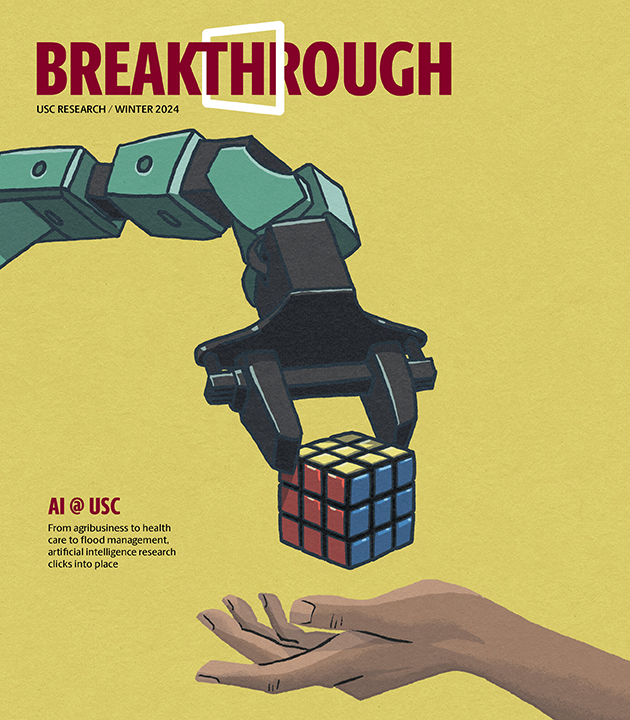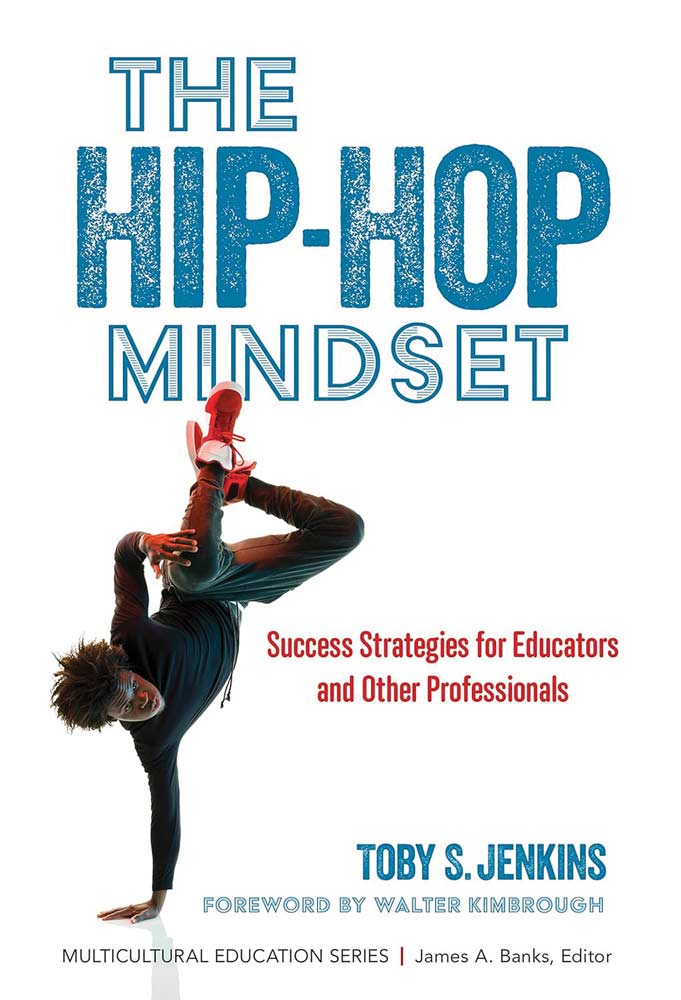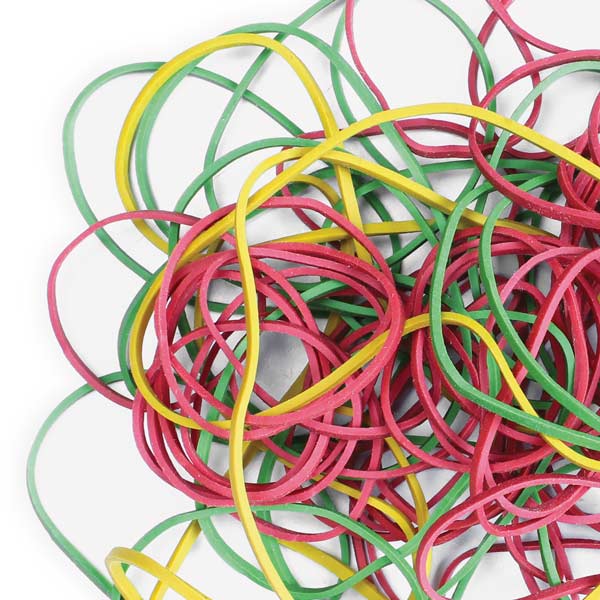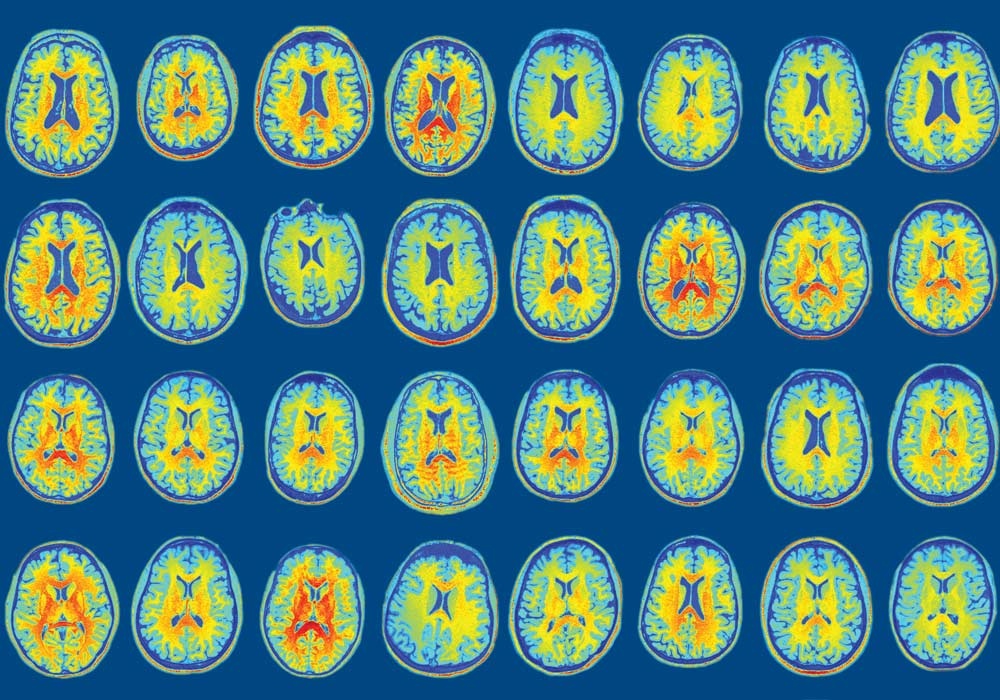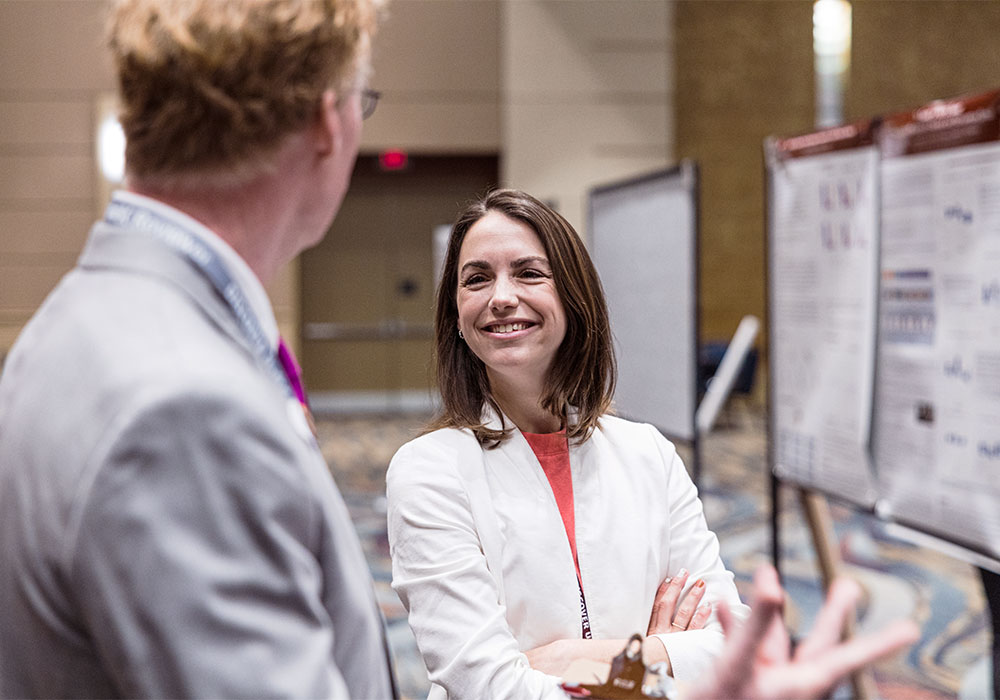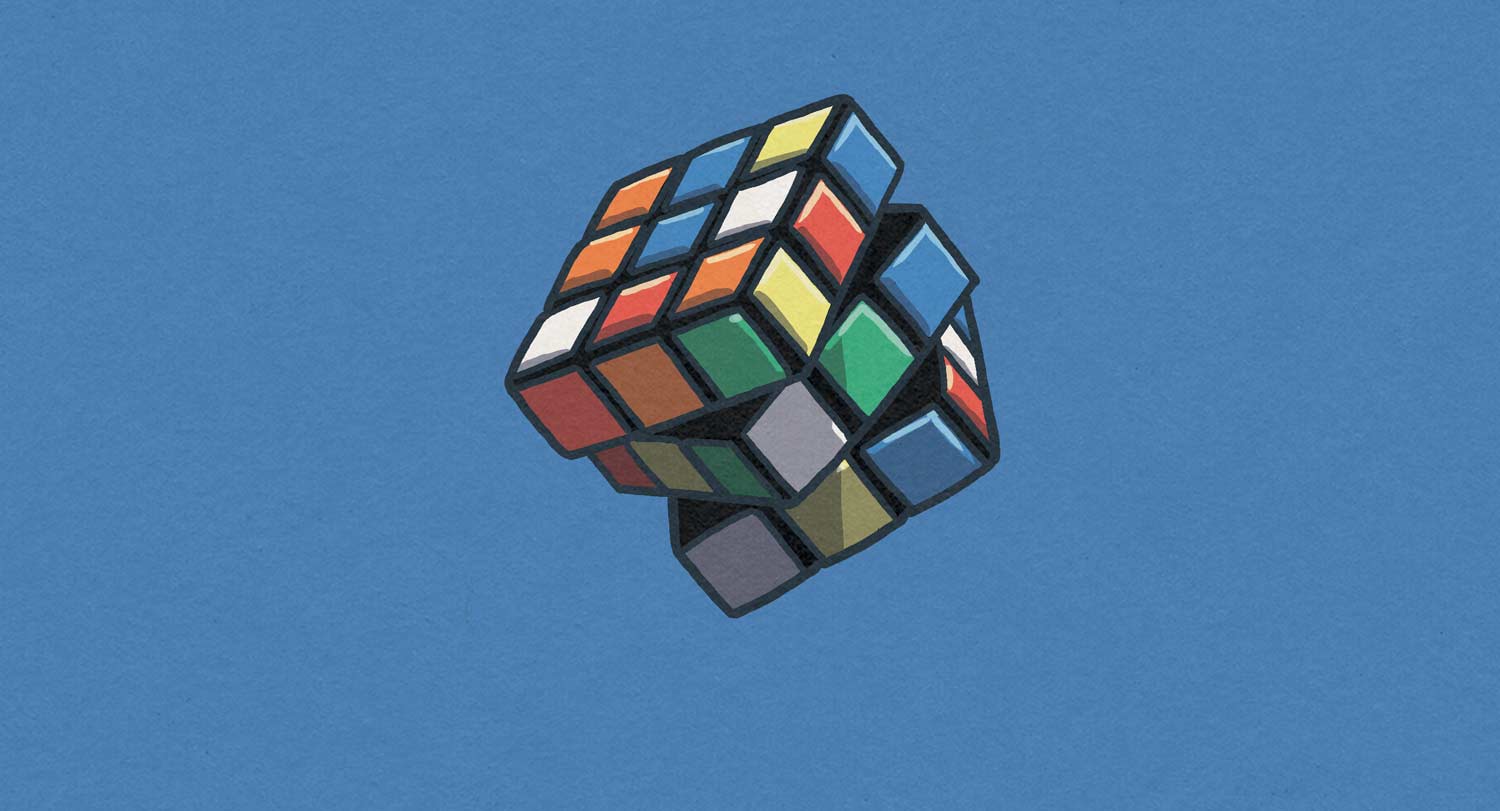
Breakthrough Research
The University of South Carolina’s researchers make discoveries that promote innovation, and their contributions reverberate far and wide. So do their stories.
Breakthrough is a place to celebrate the impact of the university’s brightest scholars, from the graduate student studying cancer-fighting compounds to the world-renowned expert transforming a discipline.
Breakthrough is published two times a year by the Office of the Vice President for Research and is distributed to all tenured, tenure-track and clinical faculty as well as research associates. Highlights from the magazine can be found here.
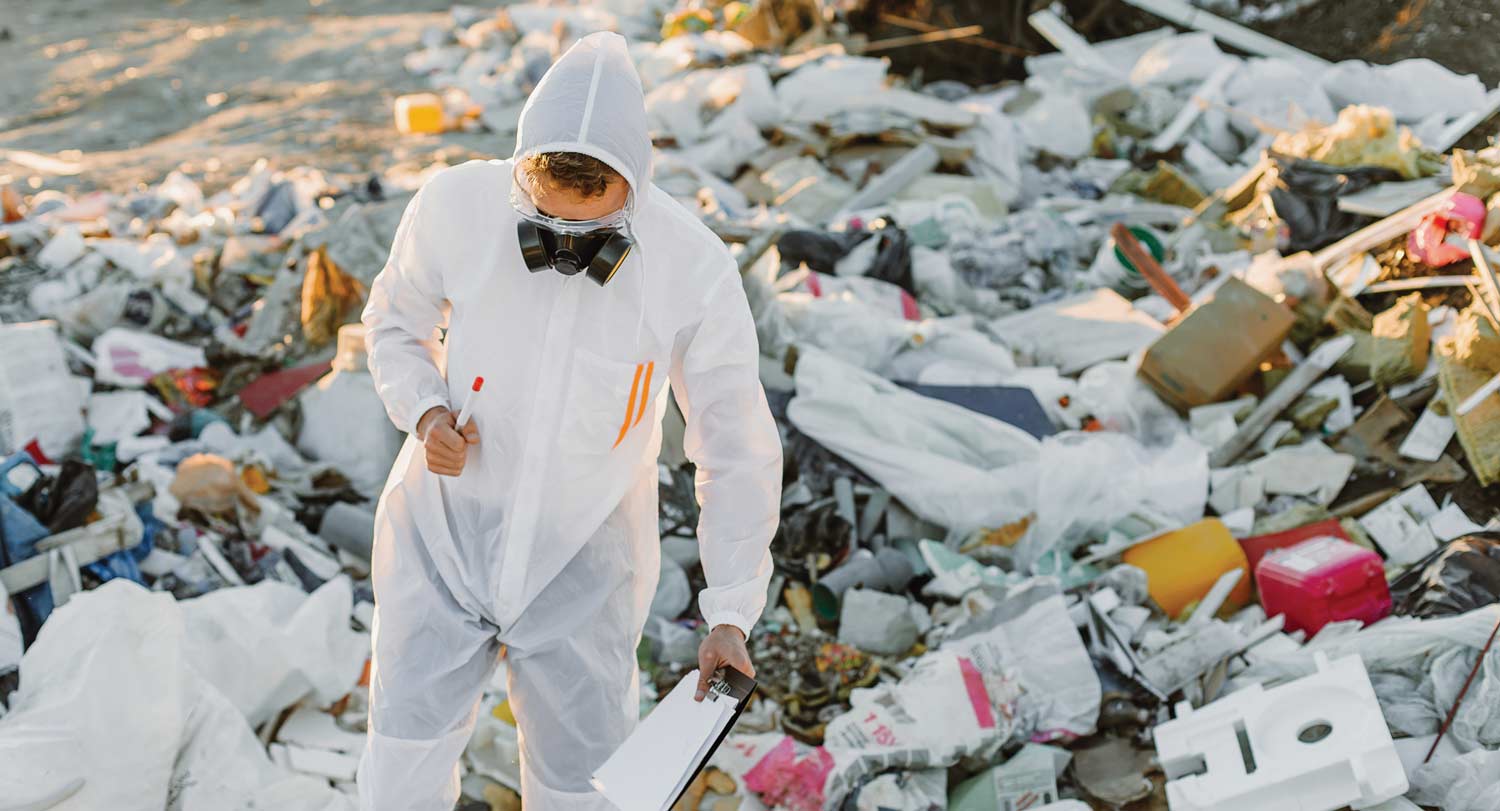
Cleaning Up
Engineering team experiments with a new method for processing problematic landfill compound.
Learn More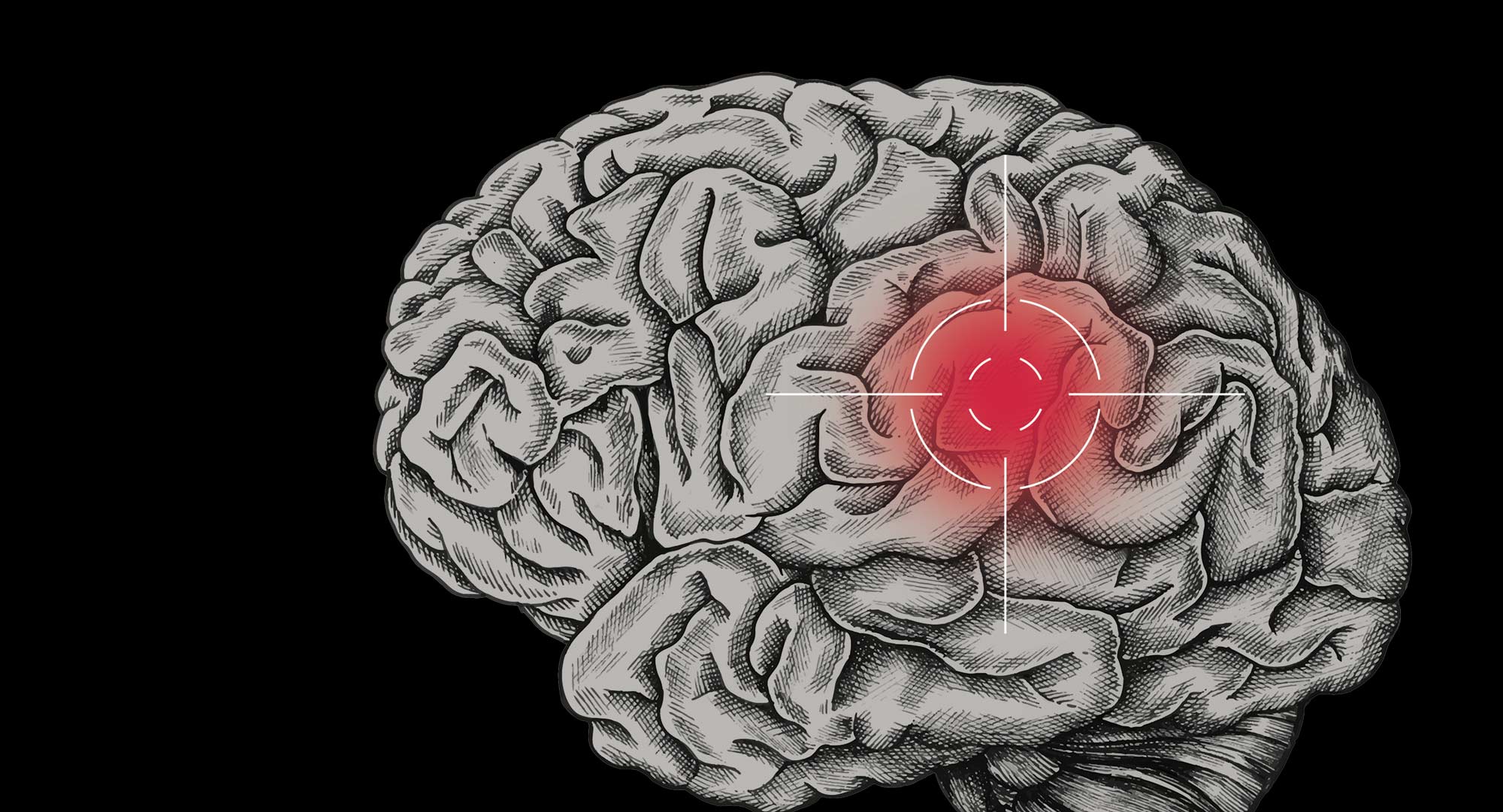
Targeting Tumors
School of Medicine researchers pursue new treatment options for glioblastoma, a deadly form of brain cancer.
Discover more